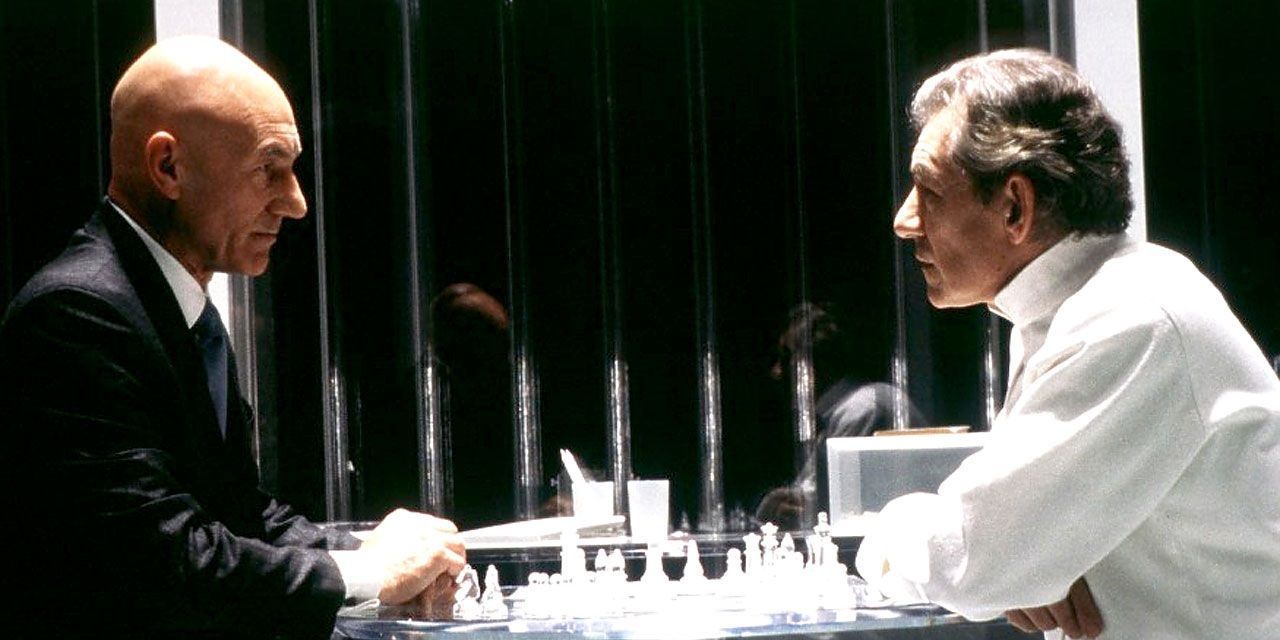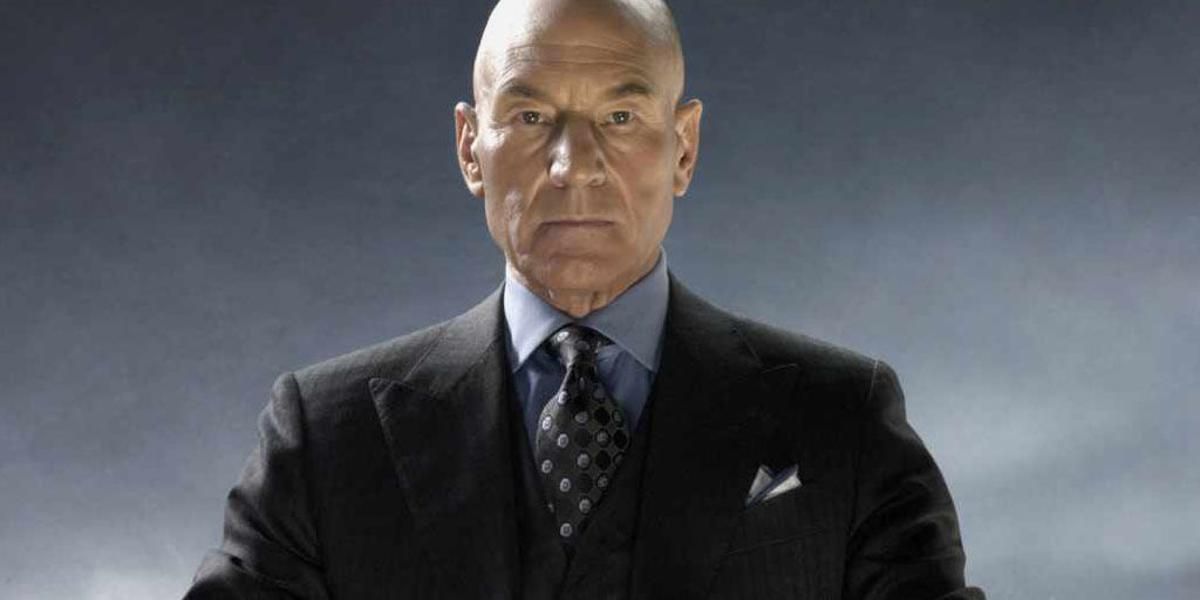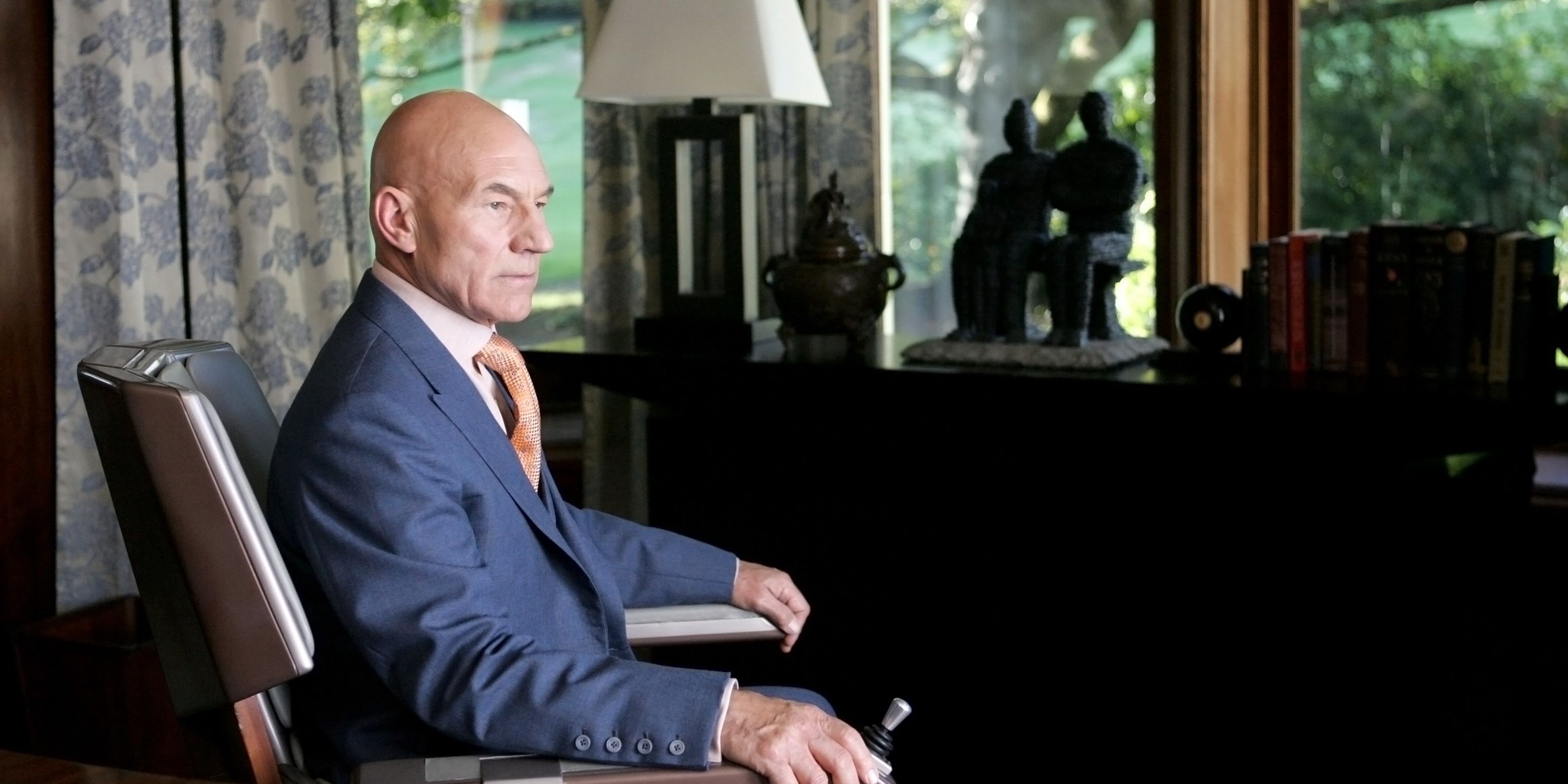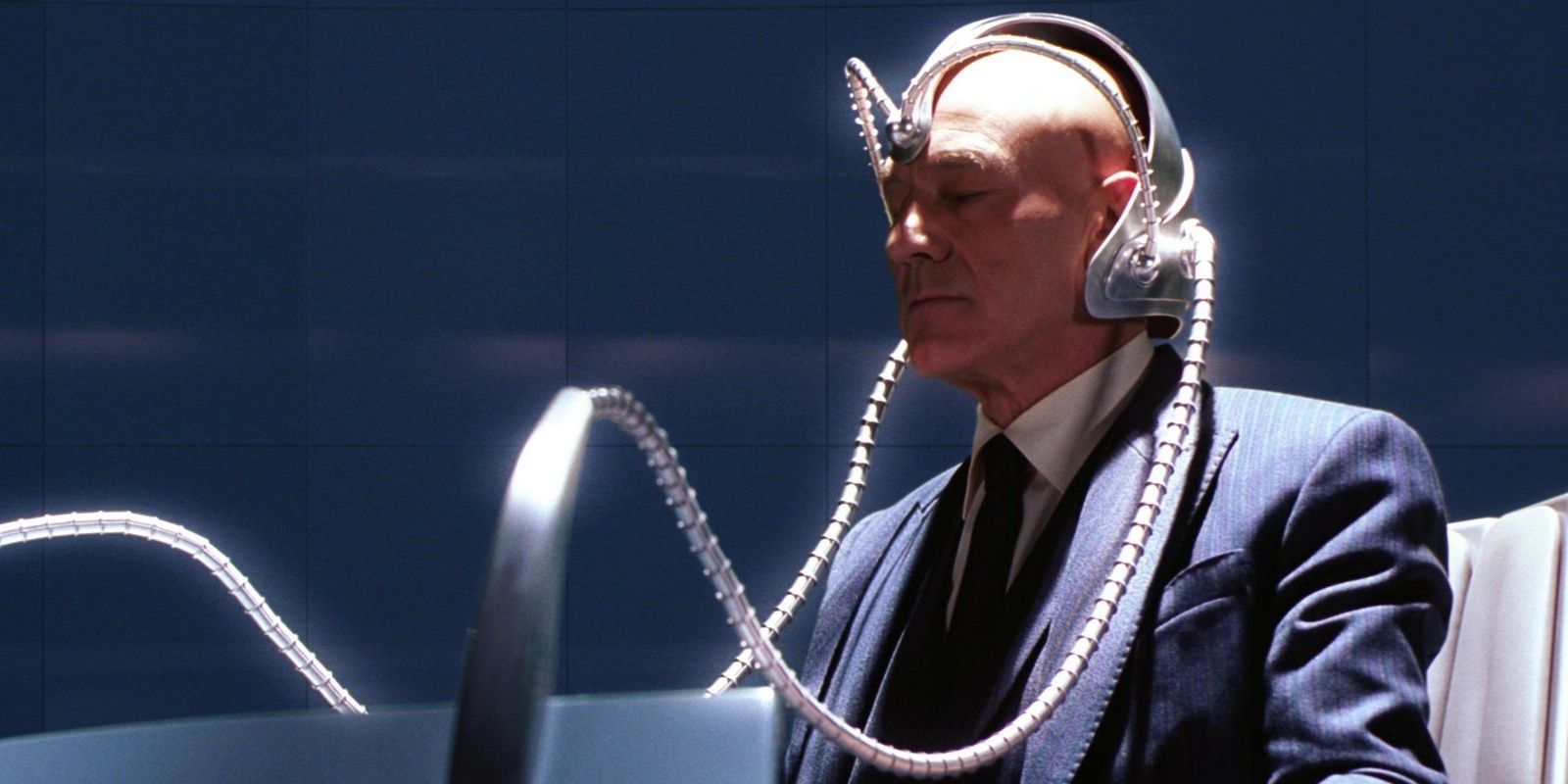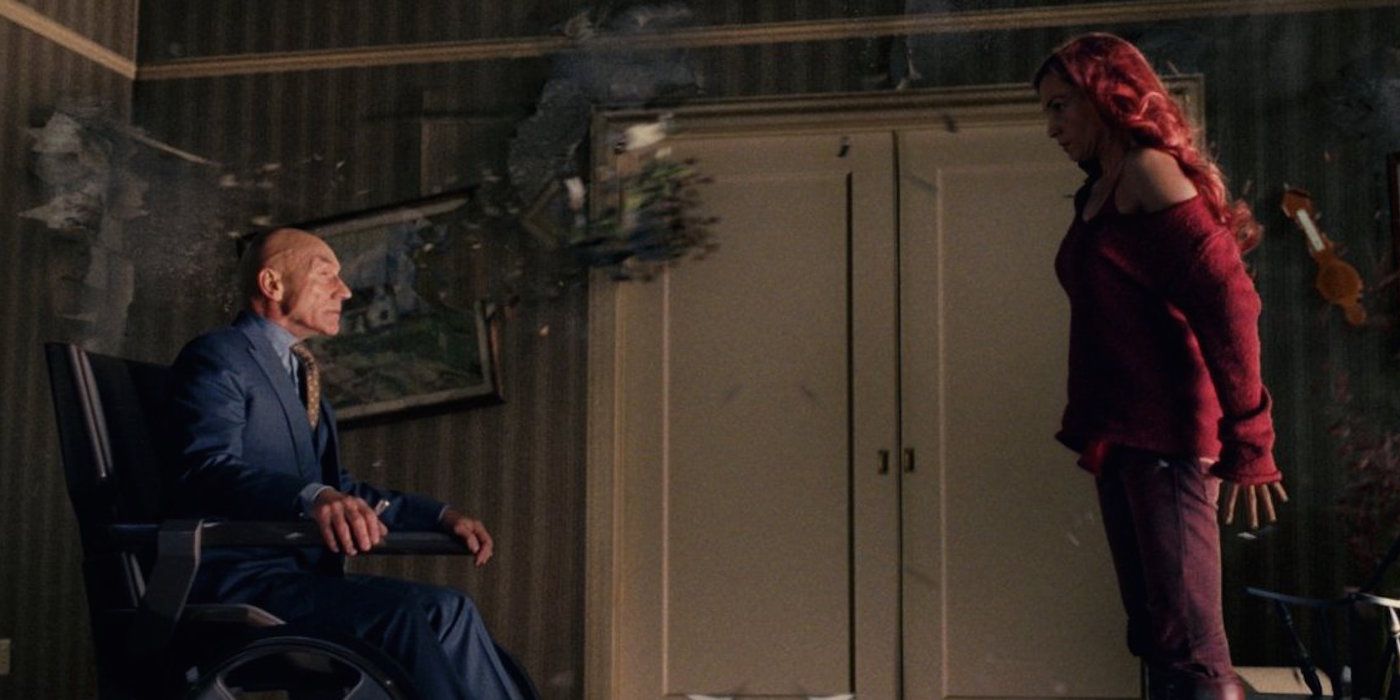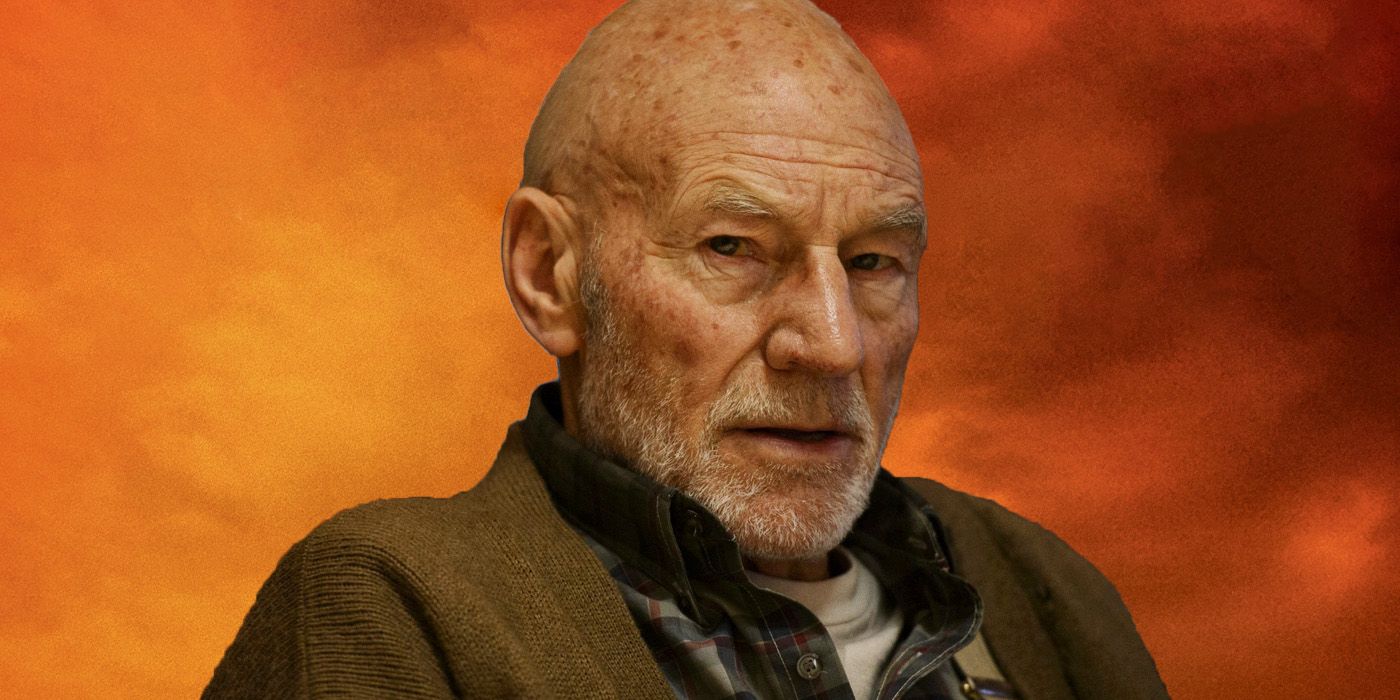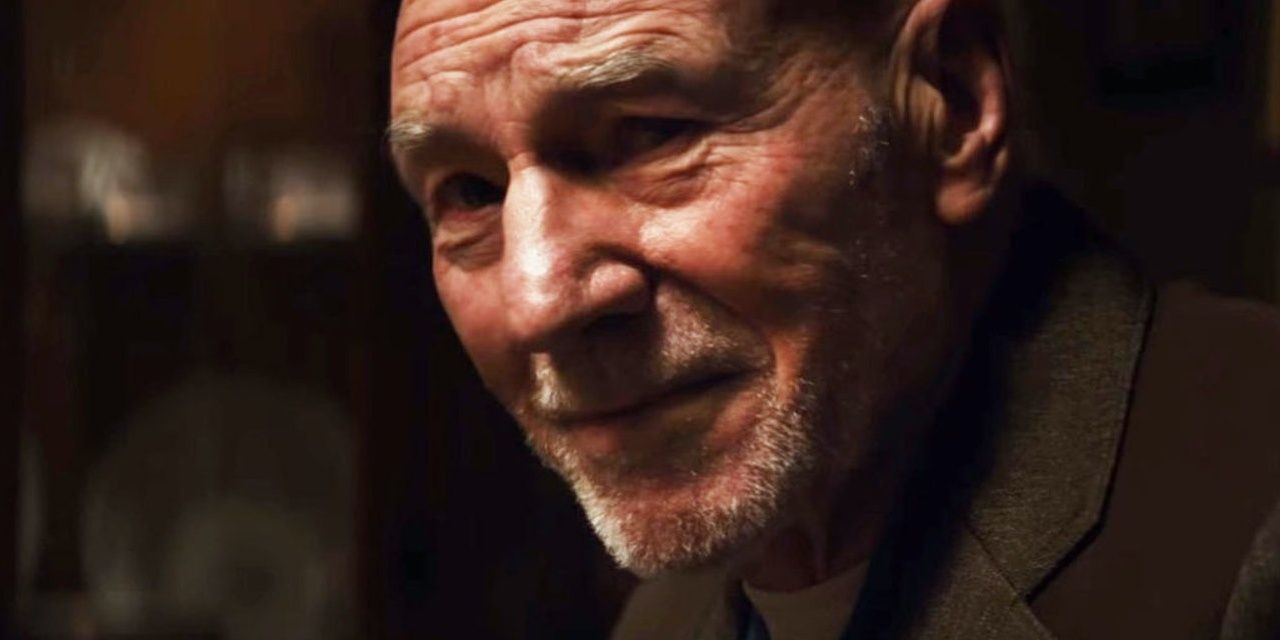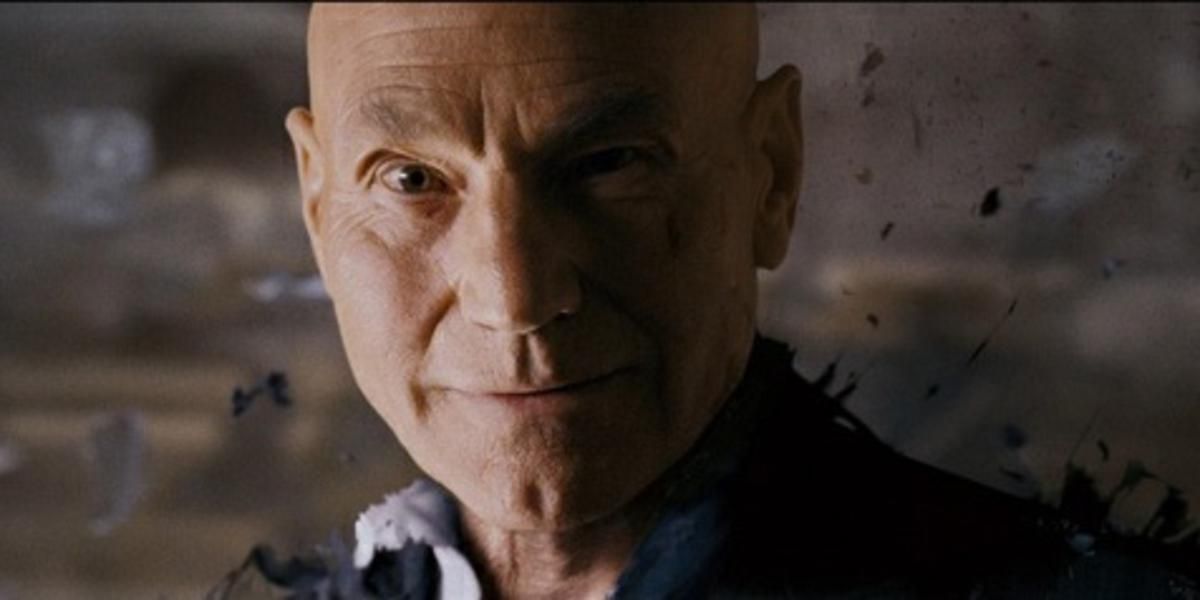The mainline story of the original X-Men film series concluded chronologically with Logan, which also happened to be the final appearance of series mainstay Patrick Stewart. While fans won’t be seeing him in the MCU version of the mutants, they can still appreciate his performance.
In all fairness, the film version of Professor X had several differences from the comic book on, such as him being fully American, a lot more vicious, and lacking some likability. However, Patrick Stewart did bring out a whole lot more similar mannerisms playing the character, thereby making Professor X one of the most popular characters. Here are 10 mannerisms that he absolutely nailed.
Commanding Presence
This is something that can’t just be an informed attribute, and has to be felt by the audience through the film screen. With Professor X, this is the feeling one instantly gets once he’s in the room. He does this through speaking before entering the scene.
Following this, the attention of every other character is instantly on the professor, and he commands the flow of the situation from there on out. In the film series, you won’t find any scene where Professor X doesn’t employ this technique, and through this commanding presence does it feel as if he’s in charge.
Impassive Expression During Conflict
How many conflicts has the audience seen the X-Men in, and how many times did Professor X lose his cool? James McAvoy’s version sure did have a lot of erratic moments, but Patrick Stewart’s stuck close to the comic version here.
Even when things got into dire straits, the professor was seen sporting an impassive expression, something due to which the audience wouldn’t be aware if he was panicking or doing some quick thinking for his next move.
Understanding Smile
The comic book version isn’t exactly the most fatherly of figures, while the film incarnation has come across as a father figure to all X-Men. However, both versions have kept this mannerism, in that they carry a smile that makes the other character feel at home.
The professor is known for using this technique to keep even his enemies at ease, and the film version also garnered instant likability once he arrived seeming as friendly as can be. Even if Xavier might not have had all the answers, this smile made it come across as if he did.
Silent Anger
Only on very rare occasions has the professor been seen going out on violent outbursts, and it is by keeping a silent demeanor that he usually displays his anger. In the films, too, Patrick Stewart wasn’t known for being explosive with emotions.
Instead, it was through a low, rather dangerous voice that Professor X’s state of vexation would be conveyed. This also served for a striking comparison to be made with James McAvoy’s younger version as his more angst-ridden Xavier was completely different to the comic book-faithful Patrick Stewart.
Lack Of Shoulder Movement While Speaking
Part of the reason why Professor X has stood out compared to other leading figures in comic book history is because he doesn’t give away his expressiveness that easily. Rather, Xavier tends to remain stationary, with only his words articulating how he feels.
Patrick Stewart emulated this quality, as his version was very hard to read; whether he was excited at a prospect or was feeling down. Generally, the times one did see him be more expressive was when he took to moving his wheelchair, and even then the shoulders remained resolute.
Intense Expression During Concentration
The few times that Charles Xavier does tend to let off more than he’d want others to know is when he’s concentrating. During these moments, the reader can see the character giving it his all, and the artwork reflects this through a change of his expression.
While Patrick Stewart didn’t bring his fingers to his temple like the comic book Xavier does, he did bring forward the intensity in his expressions during times where the professor was concentrating. This was a good way in communicating to the audience that even Xavier had difficulties in some areas.
Veiled Manipulation
While he’s mostly a good person at heart, the comic book Professor X sure does manipulate the X-Men a whole lot. And he does so through playing the part of a watchful mentor, all the while softly manipulating his team to do what he wants.
The film version was just about the same, and it was seen in times like when Professor X showed care and understanding toward Logan’s amnesia, but then bargained for his help by promising him answers. He then did so again by sympathizing with Scott over Jean’s death, while simultaneously wanting him to get back to the X-Men. The mannerisms to note here are how Xavier kept his tone soft but firm to his intentions.
Helplessness During Bouts Of Amnesia
In the comics, Professor X had a storyline where he suffered from amnesia after being shot in the head by Bishop. During these sequences, the formerly astute Xavier was seen totally helpless; looking like a broken down old man.
Of course, Logan brought this side out of Patrick Stewart as well, where his Charles Xavier was a shell of his former self and came off as a geriatric man. In times of conflict, he reflected the helplessness the comic book Xavier once had, being pretty much useless and emotionally ravaged by his inability to remember.
Calm Sense Of Guilt
There have been numerous times in the comics where the professor is called out for his manipulation of the X-Men, and he does feel the guilt when there’s truth to it. During these moments, his guilt doesn’t manifest outward, but through a state of calm where he doesn’t speak as much.
Patrick Stewart’s incarnation showcased his feelings of guilt in the same vein, being prone to go quiet and let the sensations simmer. During Logan, at the points where he recalled being the reason the X-Men had died, Xavier was seen confronting his guilt in a calmly manner, although his immense pain was also apparent.
Piercing Stare
Perhaps the most well-known attribute of Professor X, the reason why Patrick Stewart really nailed this role was due to the fact that his gaze made one feel as if he had them completely read. During close-up shots, even the audience would see his piercing stare.
This has been a trademark move of the comic book Xavier, whose artwork almost exclusively comprises of him glaring; putting characters at ease or feeling uncomfortable based on the intent. Likewise, the film version has this mannerism down pat, remarkably conveying so much by doing so little simply through his eyes.


